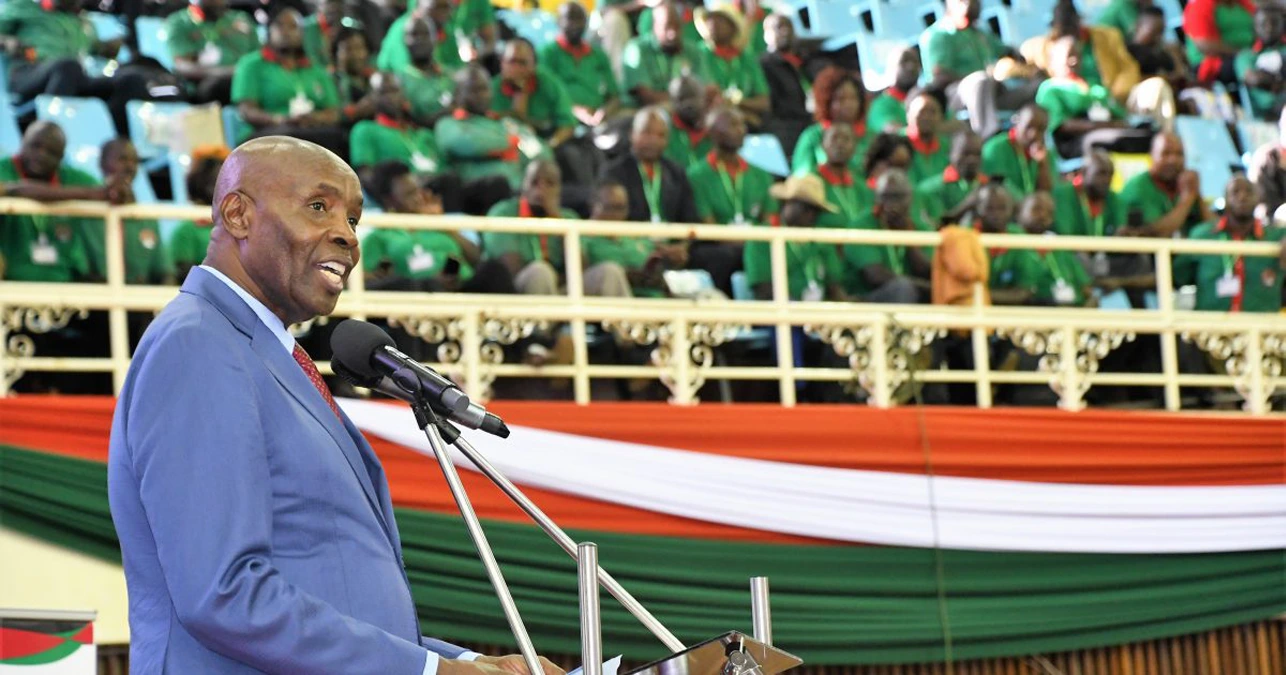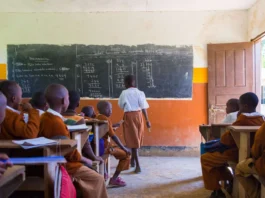The Kenyan government has earmarked Ksh3.9 Billion for an ambitious project: the construction of 15,021 classrooms specifically dedicated to Junior Secondary Schools (JSS). This strategic move aims not only at enhancing the educational landscape but also addresses a clear objective—accommodating the anticipated influx of first-grade 9 learners by 2025.
During the 63rd Annual Delegates Conference of the Kenya National Union of Teachers (KNUT) at Nairobi’s Kasarani Sports Complex, Hon. Ezekiel Machogu, the Education Cabinet Secretary, unveiled an ambitious plan. “The teachers we need for the education we want: The Kenyan Imperative to reverse the teacher shortage,” served as this conference’s urgent theme, resonating with addressing challenges in our education sector.
Underlining the government’s commitment to ensuring the readiness of these classrooms by 2025, Machogu disclosed that an extra Sh 9 Billion from the World Bank would fund construction for 9,000 classrooms. The National Government Constituency Development Fund (NGCDF) will supplement this initiative.
“We, as a government, steadfastly commit to collaborating with you in enhancing not only teacher well-being but also educational quality for every scholar within our schools,” affirms the Cabinet Secretary. His emphasis on fostering an environment conducive for both teachers and learners encapsulates a more extensive strategy targeting improved academic results. This statement recognizes the pivotal role of teachers in effectively executing recommendations from the Presidential Working Party on Education Reform, such as the Competency-Based Curriculum (CBC).
At the conference, Collins Oyuu, Secretary General of KNUT, praised the government’s accomplishment in recruiting more than 56,000 teachers within a year, yet he urged action. He specifically exhorted that the Ministry of Education should negotiate with TSC, the teacher employer, to ensure intern teachers receive permanent and pensionable terms.
Oyuu, the union’s embodiment of professionalism, emphasized: “As a professional body, we possess the aptitude to safeguard our members’ rights—without resorting to street demonstrations.” This statement underlines an unwavering dedication towards addressing teachers’ concerns through constructive dialogue.
Oyuu’s plea for affirmative action in marginalized communities underscores a broader concern: to ensure uniform education management across the country. This call—a revision of school capitation due to escalating living costs—highlights the ongoing challenges educators face.
Kenya’s bold steps towards educational expansion underscore its dedication to fostering a conducive learning environment for both educators and learners: the allocation of funds—not only addresses Junior Secondary Classroom infrastructure needs immediately but also signals a long-term commitment. These initiatives are poised for a transformative impact on the future of Kenyan education.




